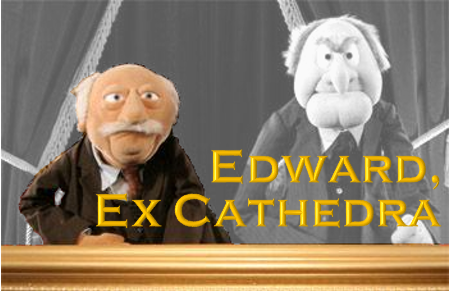What a busy month.
On Monday, November 21, four U.S. stock indexes all reached all-time highs: the S&P 500, Dow, Russell 2000 and Nasdaq; it might be that the S&P Midcap 400 did the same, but that’s less clear to me. That feat was last accomplished on December 31, 1999. The coincidence led Chip, our estimable tech director, to launch into a spirited rendition of Prince’s “1999”:
I was dreamin’ when I wrote this
Forgive me if it goes astray
But when I woke up this mornin’
Could of sworn it was judgment dayThe sky was all purple
There were people runnin’ everywhere
Tryin’ to run from the destruction
You know I didn’t even care‘Cause they say two thousand zero zero
Party over, oops out of time
So tonight I’m gonna party like it’s 1999I was dreamin’ when I wrote this
So sue me if I go too fast
But life is just a party
And parties weren’t meant to last

























